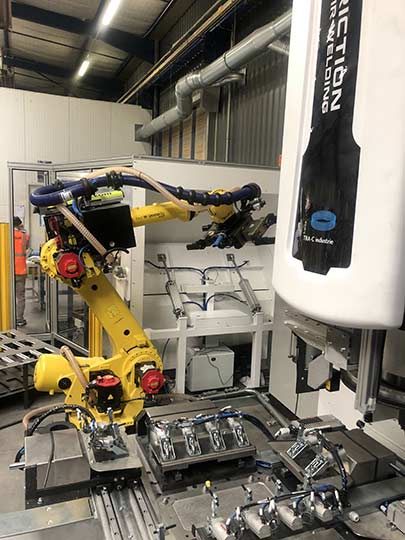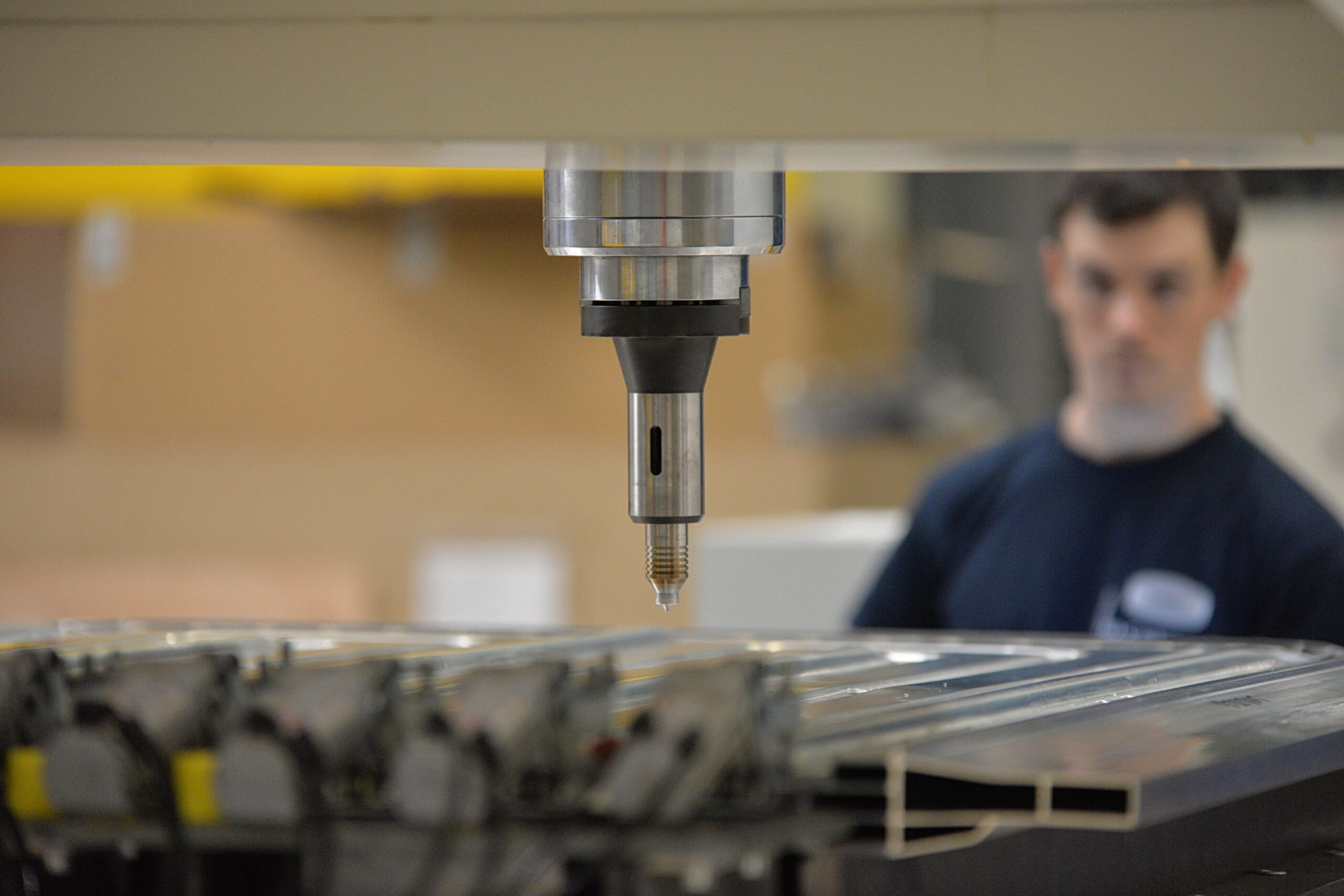Robotic friction stir welding
Friction stir welding (FSW) is a high value-added technology. Combined with robotization, it increases its assets tenfold to combine them with those of Industry 4.0. For the past twenty years, it has enabled companies of all sizes to take their momentum towards new development perspectives. However, if its capacity to raise the performance level of a production line is invariably acclaimed, it remains however too little adopted! Let’s discover together what robotic friction stir welding is and what it can bring to the world of industry.
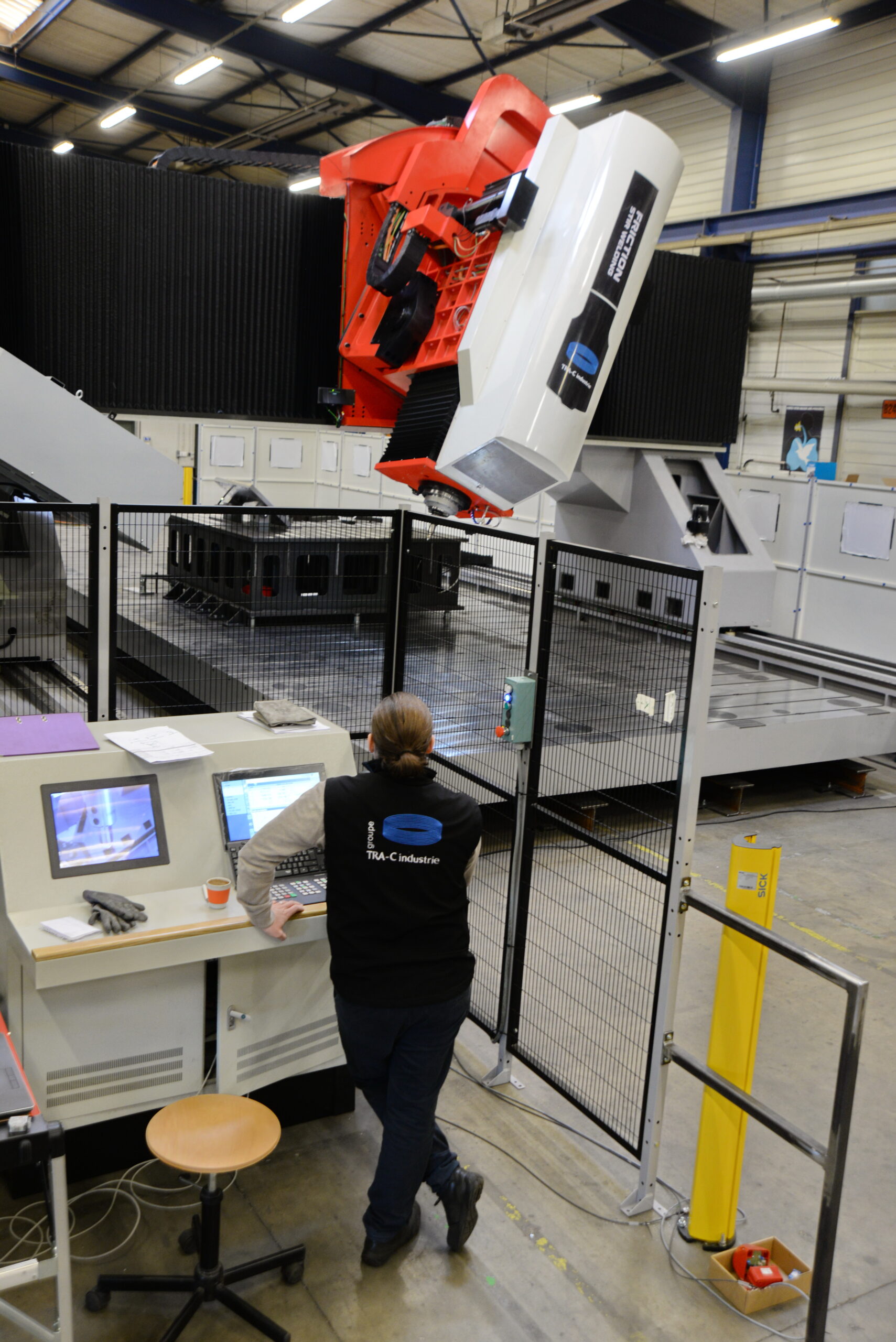
Innovation for improved performance
The principle of robotic friction stir welding is to produce very high quality assemblies, sometimes in complex configurations, without the need for metal fusion.
What is this industrial tool like and how does it work?
The friction stir welding machine is equipped with a particularly strong, high-speed rotating pin. It is programmed and placed at the junction of the elements to be assembled. Its friction causes the metal to heat up and turn into a viscoplastic paste. Robotic friction stir welding takes place during cooling by spontaneous mixing of the materials as the pin progresses along the path to be executed. The latter is around 3 m/min.
Robotic friction stir welding opens new perspectives
The combination of high value-added technology and industrial robotization concerns all sectors of industry, whether automotive, pharmaceutical, energy, aeronautics, food processing, construction, railway or naval. TRA-C Industrie designs, realizes and installs complete and customized solutions.
- This technology is particularly suitable when the result of the execution must reach an irreproachable quality,
- Or guarantee the consistency of the quality level throughout the production process,
- Or, to reduce as much as possible the risks of degradation of the mechanical properties of the elements.
- Thanks to it, metals that are considered non-weldable become so. Robotic friction stir welding is commonly used to bond dissimilar metals such as aluminum with copper or steel.
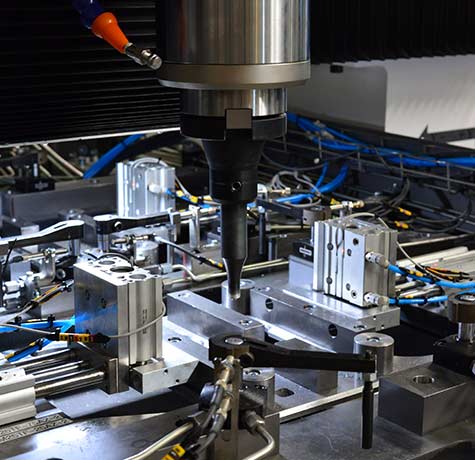
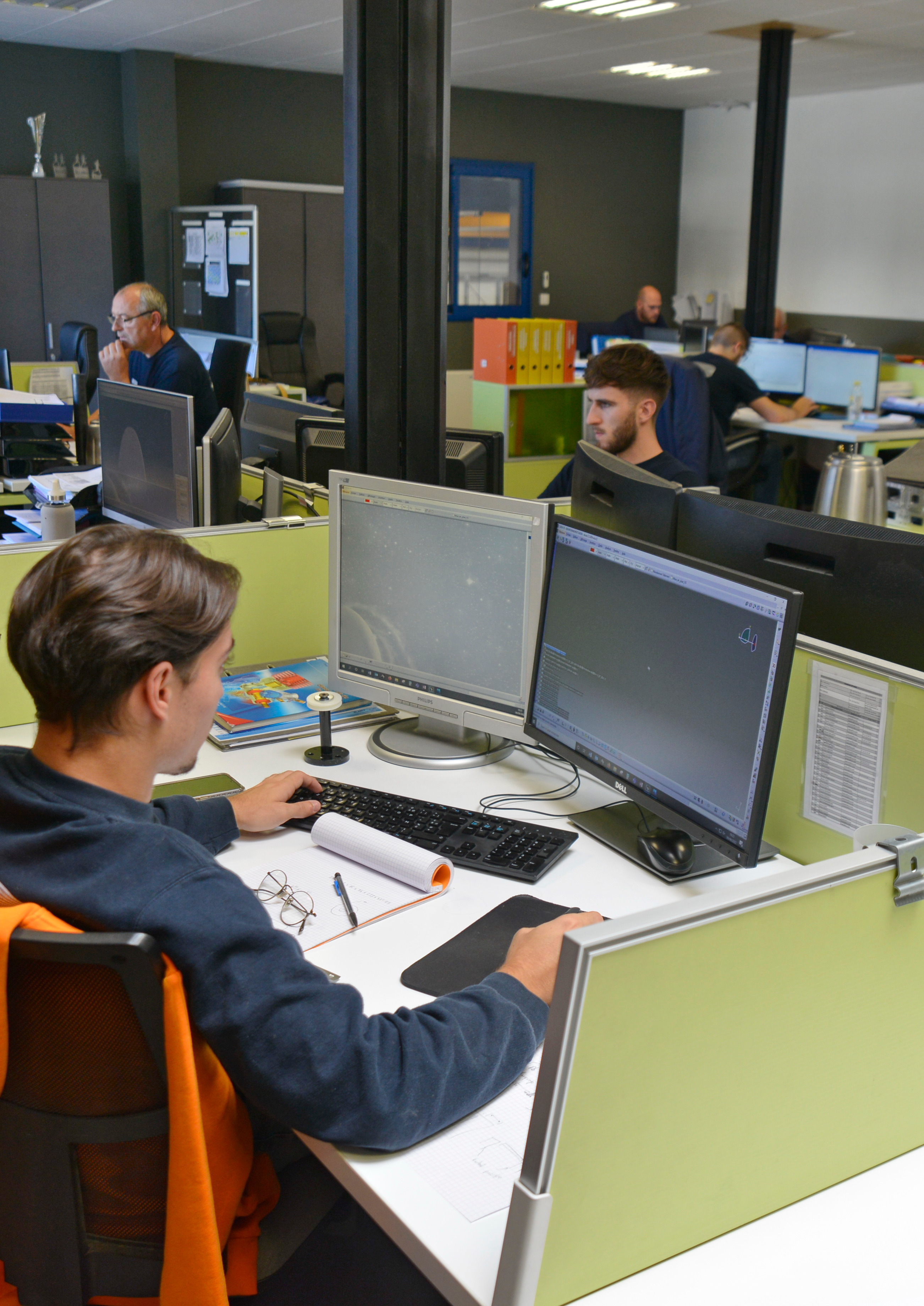
Robotic friction stir welding, a high-tech process that supports competitiveness
If robotic friction stir welding used to seem to be reserved for large companies, it is now within the reach of all industrial companies that want to go beyond the limits of their development projects. Its major assets?
- With no heat rise or metal input, it is economical, environmentally friendly and safer for crews.
- Some large, complex, risky or too repetitive achievements for humans are more accessible.
- The post-weld production control is simplified and lightened.
- The mechanical properties of the finished product are better guaranteed.
- Production is optimized, with manufacturing costs starting to fall.
Robotic friction stir welding is therefore at the heart of the challenges of Advanced Industry 4.0: maintaining and constantly developing the performance of companies to make them attractive and competitive, while committing to the rules of the CSR-RSO game.
Robotic FSW revolutionizes the assembly process
As we have seen, the fusionless welding cell, both upstream and downstream, is a technological solution that transforms the very conception of production. By fully integrating into industrial robotization, robotic friction stir welding gives a new look to the entire manufacturing process.
- With a robot that has a work envelope unlike that of a human, unprecedented execution possibilities open up.
- The welder is assisted or complemented: the thankless tasks of little interest fall to the tool; those requiring know-how and decision-making fall to the human.
- It simplifies the assembly process as well as the steps leading to the finished product.
- It regulates and optimizes production times, securing commitments.
- It reduces costs in consumables, energy, space management, non-compliance and scrap.
- Robotic friction stir welding allows for quick and efficient adjustments.
- Sensors and data collection are efficient to analyze, anticipate, and promote continuous process improvement.
Discover all the news of TRA-C Industrie.
